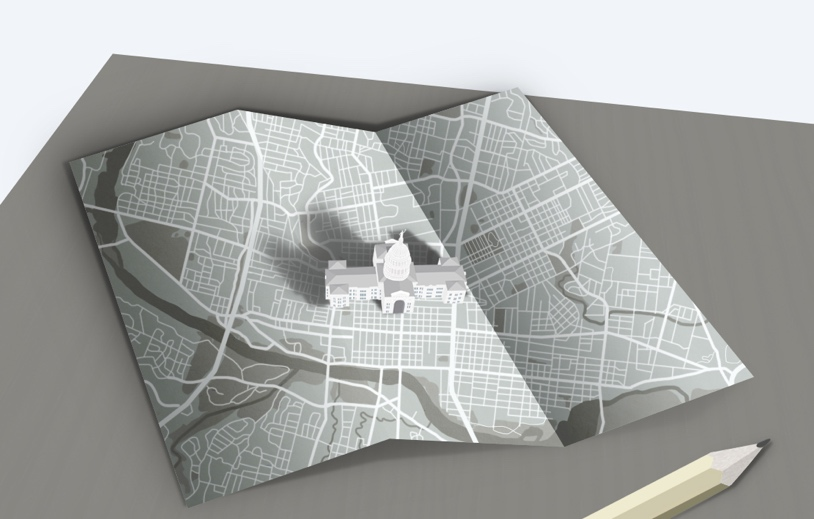Legislature
The U.S. Census Bureau delivers state population data to the president by December 31 of the census year, at which time the number of congressional seats for each state is computed. The detailed population data necessary for redistricting must be delivered to the states by the following April 1. This gives the Texas Legislature as little as 60 days to draw and adopt legislative district boundaries before the regular session ends. After the legislature receives the census data, it takes several days to load the data into the redistricting computer system, verify the integrity of the data, and ensure that the system is functioning correctly. House and senate rules setting end-of-session procedures place further limitations on the time available to pass redistricting bills.
Redistricting bills follow the same path through the legislature as other legislation. Congressional and State Board of Education (SBOE) district bills may be introduced in either or both houses; senate and house redistricting bills traditionally originate only in their respective houses. Following final adoption by both houses, each redistricting bill is presented to the governor for approval. The governor may sign the bill into law, allow it to take effect without a signature, or veto it. If the house or senate redistricting bill fails to pass or is vetoed and the veto is not overridden by the legislature, the Legislative Redistricting Board (LRB) is required to meet. If the congressional or SBOE bill fails to pass or is vetoed and the veto is not overridden, the governor may call a special session to consider the matter.
Enacted redistricting plans or those adopted by the LRB are filed with the Texas secretary of state. The plans adopted, in most cases, become effective for the following primary and general elections, subject to any judicial action if a lawsuit challenging a plan is filed.


